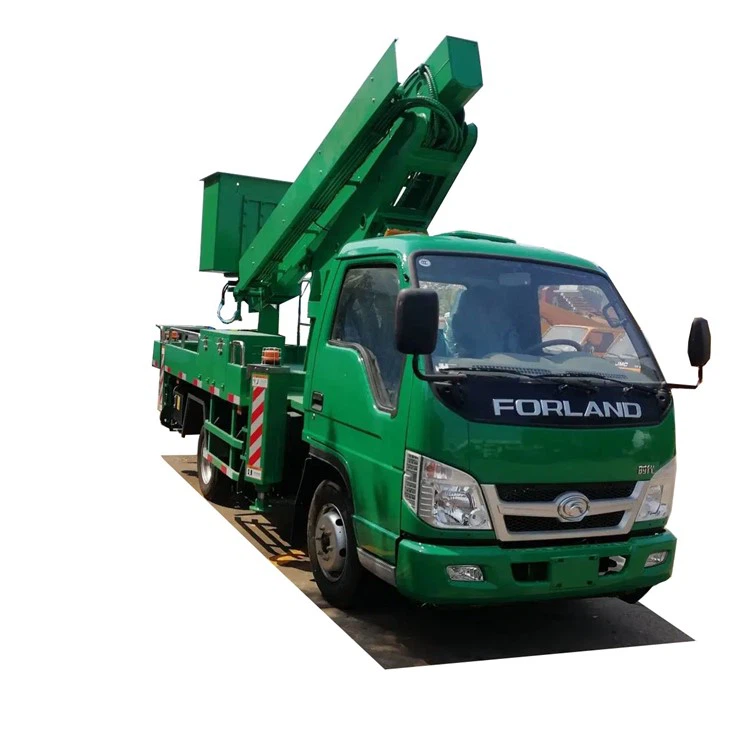Understanding FleetForce: A Comprehensive Guide to Fleet Management Solutions

FleetForce has emerged as an essential tool for companies looking to streamline their fleet management processes. This article will delve into the intricacies of FleetForce, exploring its features, benefits, implementation strategies, and best practices for maximizing its efficiency. Whether your organization manages a small fleet or a large one, understanding FleetForce can help you optimize operations and reduce costs.
What is FleetForce?
FleetForce is a fleet management solution designed to help businesses manage their vehicles and transportation logistics more effectively. It integrates various functionalities aimed at enhancing operational efficiency, providing data-driven insights, and improving decision-making.
History and Evolution of Fleet Management
The concept of fleet management has evolved significantly over the years. Initially, it involved manual tracking and reporting, but with technological advances, solutions like FleetForce are transforming the landscape. Fleet management now encompasses GPS tracking, vehicle maintenance scheduling, driver performance monitoring, and fuel consumption analysis.
The Importance of Fleet Management Software
Implementing fleet management software like FleetForce is crucial for several reasons:
- Improved efficiency and productivity
- Reduced operational costs
- Enhanced safety and compliance
- Better resource allocation
Key Features of FleetForce
FleetForce offers a comprehensive suite of features that cater to diverse fleet management needs. Here are some of the standout functionalities:
1. Real-Time GPS Tracking
FleetForce provides real-time GPS tracking of all fleet vehicles, allowing managers to monitor their location and movement at any given time. This feature helps optimize routes, reduce fuel consumption, and improve delivery times.
2. Vehicle Maintenance Management
Regular maintenance is key to extending the lifespan of fleet vehicles. FleetForce enables users to schedule maintenance, track service history, and receive alerts for upcoming services.
3. Driver Behavior Monitoring
By analyzing driver behavior, FleetForce helps identify areas for improvement, such as harsh braking, speeding, and idling. This information can lead to improved driver training and reduced accident rates.
4. Fuel Management
FleetForce can track fuel consumption, identify inefficiencies, and provide insights to lower fuel costs. This feature includes reporting on fuel purchases and monitoring fuel economy across the fleet.
5. Reporting and Analytics
One of the core advantages of FleetForce is its robust reporting and analytics capabilities. Users can generate reports on various metrics, helping managers make informed decisions based on data rather than intuition.
6. Enhanced Safety Features
FleetForce includes features to enhance the safety of drivers and vehicles, including safety scorecards and alerts for unsafe driving incidents. These tools promote a culture of safety within the organization.

Benefits of Using FleetForce
Implementing FleetForce yields numerous benefits that can transform fleet operations. Below are some major advantages:
1. Cost Reduction
By using FleetForce, businesses can reduce fuel costs, maintenance expenses, and administrative overheads. The software facilitates better route planning and helps identify wasteful spending.
2. Increased Productivity
FleetForce allows managers to allocate resources efficiently and optimize vehicle usage, significantly increasing overall productivity and reducing downtime.
3. Improved Customer Satisfaction
With better route management and timely deliveries, customer satisfaction levels rise. Customers appreciate transparency and reliability, both of which FleetForce enhances.
4. Better Compliance
Compliance with regulations is crucial in transportation management. FleetForce can help ensure that vehicles meet legal standards for safety and emissions, thus minimizing the risk of fines.
Implementing FleetForce in Your Organization
Adopting FleetForce is a strategic move that involves several steps. Here’s how to implement it successfully:
1. Assess Your Fleet’s Needs
Begin by evaluating the specific needs of your fleet. Consider factors such as vehicle types, volume of operations, and unique challenges you face.
2. Choose the Right Features
Select the features of FleetForce that align with your operational requirements. Not all users need the same functionalities, so customization is key.
3. Train Your Staff
Provide comprehensive training for your team to ensure they understand how to use the FleetForce platform effectively. This will enhance adoption and usage rates.
4. Monitor and Optimize Usage
After implementation, continuously monitor fleet operations via FleetForce and make data-driven adjustments to improve performance.
Tips for Maximizing FleetForce Effectiveness
To get the most out of FleetForce, consider the following tips:
1. Regularly Update Software
Ensure FleetForce is up to date to take advantage of the latest features and security enhancements.
2. Encourage Driver Participation
Engage drivers in the fleet management process by sharing performance metrics and encouraging feedback. Their insights can provide valuable information for improvement.
3. Set Clear Goals
Define clear objectives for what you wish to achieve with FleetForce. Setting measurable goals can guide your usage and provide a benchmark for success.
4. Utilize Reporting Tools
Make use of FleetForce’s reporting tools to regularly assess performance and identify areas for improvement.
Case Studies: Successful FleetForce Implementations
Here are some practical examples of organizations that have successfully implemented FleetForce:
Case Study 1: Logistics Company Increase in Efficiency

A logistics company integrated FleetForce to enhance its operations. Implementing GPS tracking allowed them to reduce fuel costs by 15% and improved on-time deliveries by over 20%.
Case Study 2: Delivery Service Enhanced Safety
A delivery service adopted FleetForce for tracking driver behavior. After implementing the software, they saw a 30% reduction in accidents due to targeted training based on real-time data.
Case Study 3: Food Distribution Company Lowered Maintenance Costs
A food distribution company utilized FleetForce’s maintenance management feature, resulting in a 25% reduction in vehicle downtime and significantly lower repair costs.
Frequently Asked Questions (FAQ)
1. What types of businesses can benefit from FleetForce?

FleetForce can benefit any business that operates vehicles, including logistics, delivery services, construction, and public transportation.
2. Is FleetForce easy to implement?
Yes, FleetForce is designed for easy implementation. With proper assessment and training, organizations can swiftly integrate it into their operations.
3. How does real-time GPS tracking work?
FleetForce uses GPS technology to continuously monitor the location of vehicles, providing real-time data on routes and traffic conditions.
4. Can FleetForce help reduce fuel costs?
Absolutely! By tracking fuel consumption and optimizing routes, FleetForce can significantly lower fuel costs for fleet operators.
5. What kind of reports can I generate with FleetForce?
FleetForce allows you to generate a variety of reports, including maintenance schedules, fuel usage analytics, and driver performance metrics.
6. Is training necessary for new users of FleetForce?
Yes, training is highly recommended to ensure that users can utilize all the features effectively and maximize the software’s benefits.
